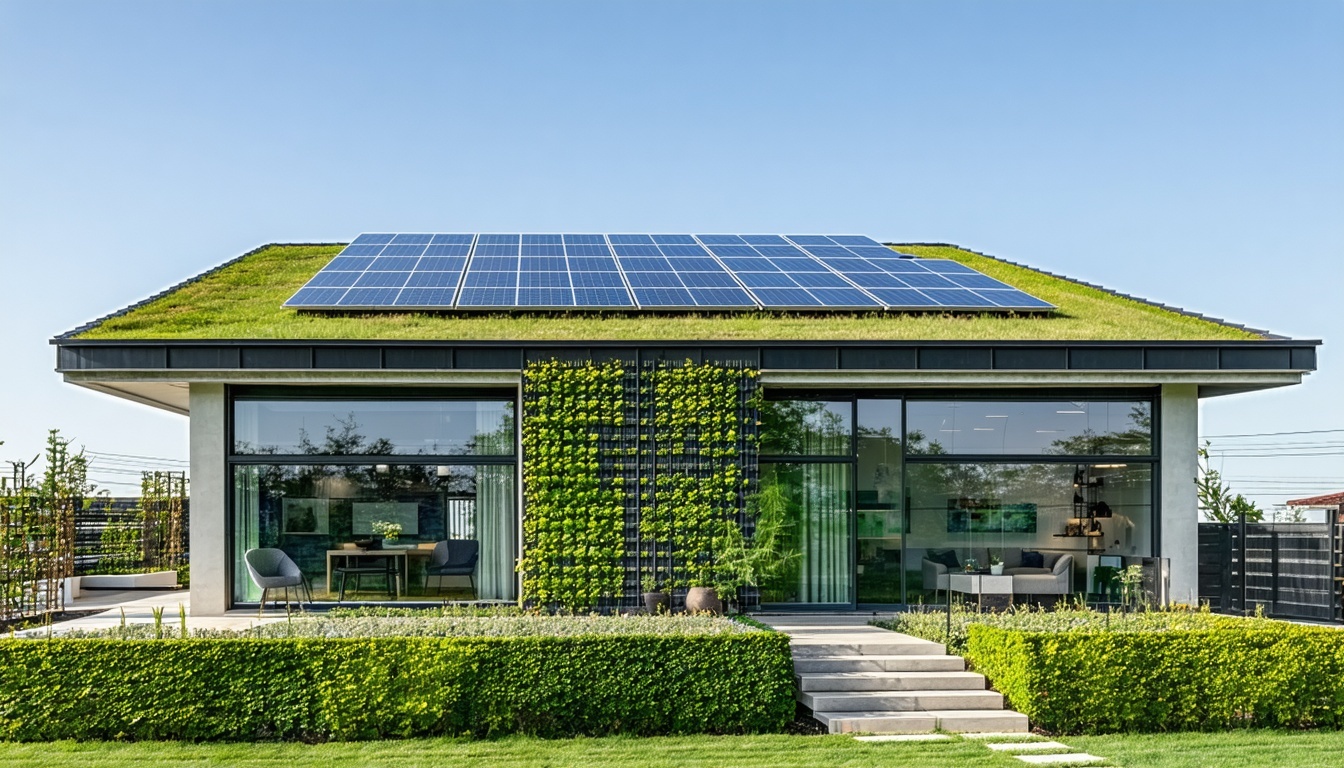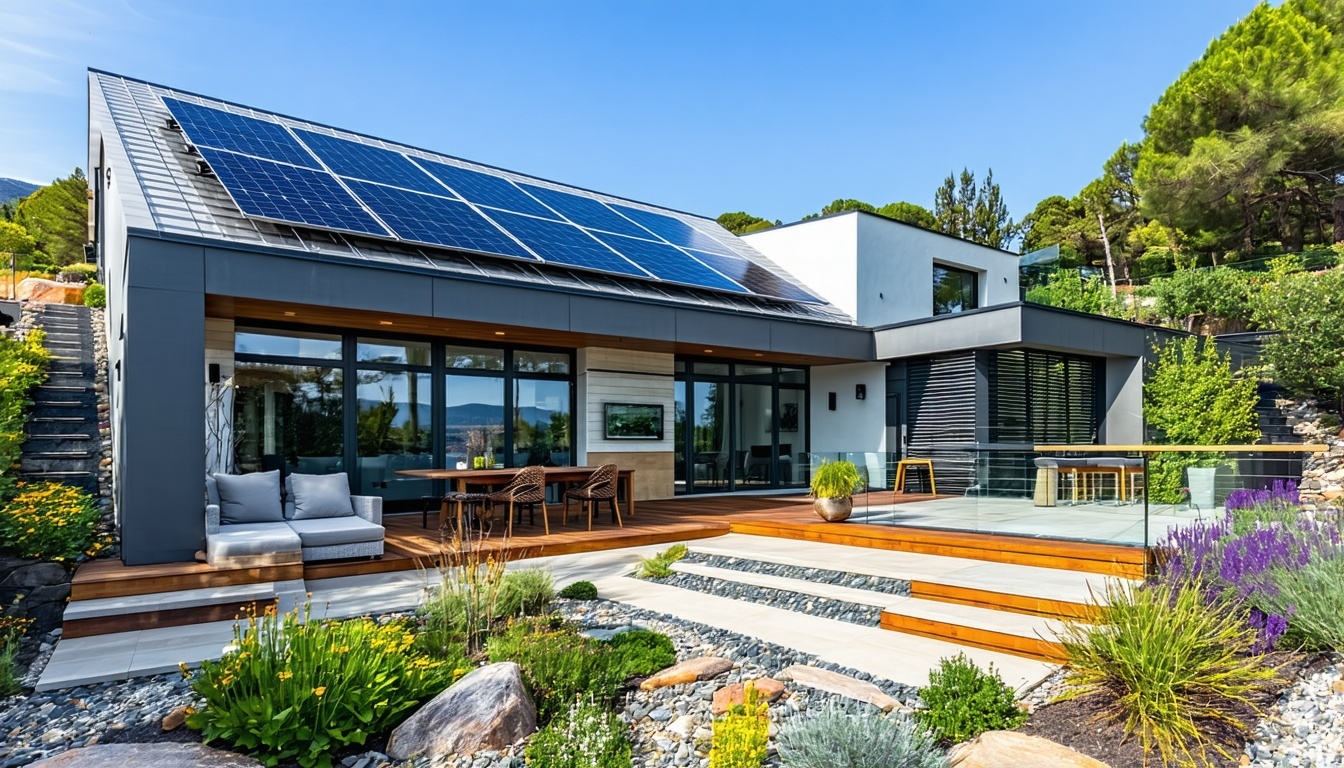Achieving a 7-Star NatHERS energy rating is now more important than ever due to recent updates to the National Construction Code. Learn how this rating can transform your home’s energy efficiency, comfort, and value.
Understanding the 7-Star NatHERS Energy Rating
The Nationwide House Energy Rating Scheme (NatHERS) in Australia provides a star rating out of ten for the energy efficiency of a home, based on its design. A higher star rating indicates a more energy-efficient home. Achieving a 7-Star rating means that the home is designed to provide high levels of thermal comfort with minimal need for mechanical heating or cooling.
A 7-Star rating not only makes your home more comfortable to live in but also significantly reduces your energy consumption and environmental footprint. This rating uses advanced software to model the potential energy use of a home for heating and cooling, taking into account key factors such as orientation, insulation, and ventilation.
To understand what a 7-star rating really means and how it can benefit your project project, please visit our dedicated 7-star rating page. Here, you will find detailed information about the requirements, the assessment process and the advantages of building to this standard.
The Impact of Recent Updates to the National Construction Code
Recent updates to the National Construction Code (NCC) have raised the minimum standard for new residential developments from 6 to 7 stars. This change underscores the Australian government's commitment to improving energy efficiency and reducing greenhouse gas emissions in the building sector.
For homeowners, architects, and developers, this updated requirement is a significant shift. It means that new homes must be designed with greater attention to energy efficiency principles, which can result in higher upfront design and construction costs, but these are offset by long-term savings on energy bills and enhanced comfort.
Key Design Elements for Achieving a 7-Star Rating
Several design and construction elements are critical in achieving a 7-Star NatHERS rating. Here are some key factors to consider:
1. Building Orientation: Proper orientation allows for optimal solar gain in winter and minimises heat gain in summer. North-facing windows are ideal for capturing sunlight.
2. Insulation: Adequate insulation in floors, walls, and ceilings helps maintain a consistent indoor temperature, reducing the need for heating and cooling.
3. Glazing: Double-glazed windows offer better thermal performance than single-glazed ones. They reduce heat loss in winter and heat gain in summer.
4. Ventilation: Natural ventilation strategies, such as cross-ventilation, help to remove hot air and bring in cool air, reducing the reliance on air conditioning.
5. Thermal Mass: Materials like concrete and brick can absorb and store heat, releasing it when temperatures drop, thus helping to stabilise indoor temperatures.
6. Shading: Effective shading devices, such as eaves, awnings, and pergolas, block summer sun while allowing winter sun to enter, enhancing indoor comfort.
Long-Term Benefits of a 7-Star Energy-Efficient Home
Achieving a 7-Star energy rating offers numerous long-term benefits. Firstly, homeowners will see a reduction in their energy bills as the need for mechanical heating and cooling is significantly diminished. This translates to substantial savings over the life of the home.
In addition, homes with higher energy ratings tend to have higher property values. This is because they are more attractive to climate-conscious buyers who are looking for properties that align with their sustainability values and lower operational costs.
Moreover, living in an energy-efficient home enhances occupant comfort by maintaining a more stable indoor temperature year-round. It also contributes to broader environmental sustainability goals by reducing the home's carbon footprint.
Navigating the Certification Process with Confidence
Achieving a 7-Star NatHERS rating may seem daunting, but with the right guidance, it can be a smooth process. Certified Energy provides expert, cost-effective services to help clients navigate the certification process with confidence.
Our team of experienced professionals will work with you from the initial design phase through to construction, offering tailored advice and solutions to optimise your home's energy performance. We utilise advanced modelling software to accurately predict energy use and identify areas for improvement.
By partnering with Certified Energy, you can ensure that your new home meets the latest NCC requirements, maximises energy efficiency, and provides a comfortable living environment for years to come.







